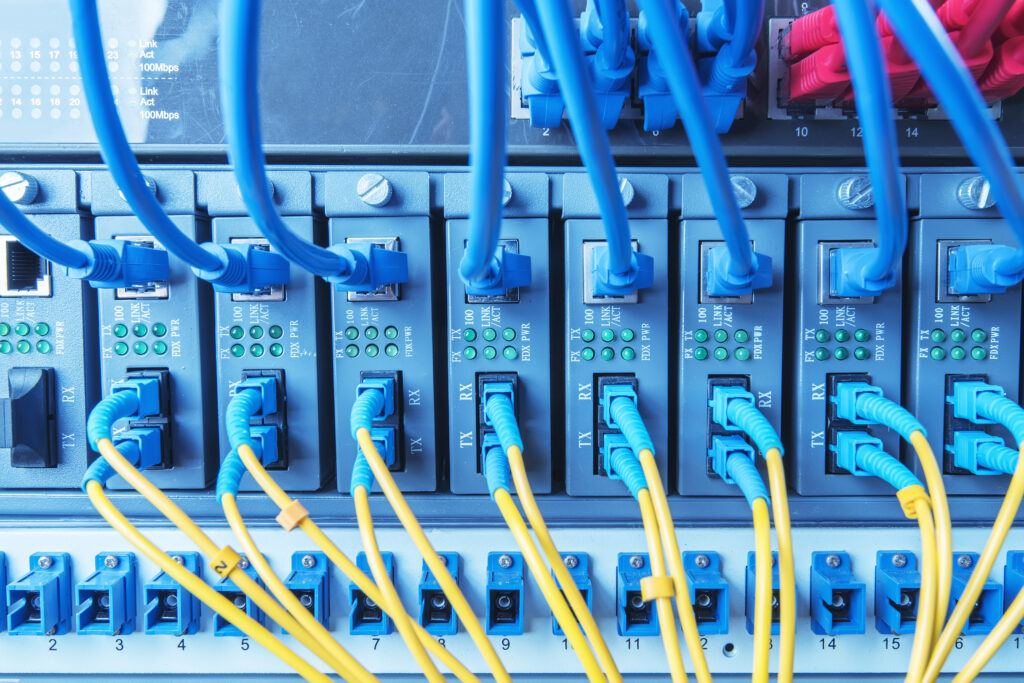
The future of WAN: Managed SD-WAN services for cloud-based businesses

Are you one of those working remotely and relying on cloud applications to get the job done? Well, you’re not alone. Digital transformations have been a game-changer for businesses of all sizes, and as more and more companies move their operations to the cloud, the need for secure and reliable network connectivity has become paramount. This approach has led to a rise in the adoption of cloud-based SaaS applications and a significant increase in workload migration to the cloud. This shift, accelerated lately due to COVID and working from home, has now exposed the limitations of the traditional WAN network, as more employees return to the office and demand the same speed of cloud application access that they received at their home office.
The limitations of traditional WAN architecture

Source: Shutterstock
The traditional WAN architecture has been used for many decades, with its hub/spoke or branch to head office topology. But with the acceleration of digital transformation and the higher reliance on cloud based IT applications many business users are finding the traditional WAN is limiting the performance they receive from the cloud and that is hindering the investment the business has made in digital transformation.
Across all industry verticals the cloud is becoming increasingly popular for the enterprise and there’s a growing number of mission-critical applications and workloads that require a more adaptable IT delivery model. However, the increase in the branch to cloud traffic significantly alters network traffic patterns across the WAN.
So, how can an enterprise change its WAN to deliver the value of the new cloud IT investments? Should you attempt to change this architecture on your own or adopt a managed Network as a Service model that matches your SaaS IT strategy?
The answer is simple – leave it to the experts. Adopting a managed Network as a Service model can save you time and money, not to mention the headache of figuring it out yourself. This capability will allow you to focus on what you do best – running your business.
But what about securing business information and application access in this new cloud IT environment? How do the network fabric and the security framework interact to secure the business traffic while providing fast and reliable access from anywhere?
Again, let the experts handle it. Enterprises should opt for managed SD-WAN services as they expand in 2023 and into 2024. This SD-WAN option will support business requirements as use of the WAN increases due to multi-cloud use and the need for seamless connectivity for both in-office and remote employees, and all Managed SD-WAN service come with comprehensive security features embedded to insure your information security.
The advantages of managed SD-WAN services
Managed SD-WAN services involve the service provider providing the hardware, software, networking, and transport services required. Together, these deliver applications or services (under agreed SLAs for uptime and performance) across any number of branches, SOHOs and remote workers and for business applications either on your premises or hosted in the cloud.
The WAN service provider monitors, manages, and secures the WAN service and typically determines pricing through a one-year or multi-year service contract. The price will vary, of course, according to the number of sites, locations, link speeds, and related SLAs.

Source: Shutterstock
It is important to note that SD-WAN is not only for network operators but has also become the go-to platform for deploying and managing new enterprise network services. Leading communications service providers offer SD-WAN services to enterprises on a managed service basis. Carriers espouse this approach as less risky for the enterprise, plus it includes the ability to ramp up bandwidth as network (and business) needs dictate.
Enterprises initially bought SD-WAN networking equipment directly from vendors, meaning they had to take on some responsibility for managing their networks. This is still viable, but comes with maintenance and management overheads. Most enterprise organizations now are considering managed SD-WAN services that are tailored specifically for their business and their employees locations.
However, a large proportion of enterprises still rely upon MPLS and although originally marketed as a competitive solution to MPLS, SD-WAN is actually deployed alongside MPLS in many enterprise WAN refreshes.
SD-WAN is a network overlay service, that means it runs independent of the IP transport (or underlay) service. This means the enterprise can mix and match MPLS, Direct Internet or mobile broadband where and when it makes business sense. You choice the right underlay for the type of business site being connected to the SD-WAN, for instance, many enterprises utilize MPLS for connections to their private cloud and data center sites as they like the guaranteed quality of service and network consistency. Whereas for branch site, high speed Internet services with 4G or 5G back links make the most economic sense. A SD-WAN powered Network as a Service gives the enterprise this flexibility to buy the right WAN that makes sense, and have a service provider manage the day to day operation for them.
As more IT organizations choose managed network services to outsource the challenges of providing connectivity to their branches and data centers. SD-WAN technology has enabled various CSPs, cable providers, MSPs, and systems integrators to expand their managed WAN service offerings.
By partnering with a managed SD-WAN provider, enterprises can ensure that their network is optimized for cloud communications and that they have the tools and resources to manage their network effectively. That’s where Nuage Networks from Nokia comes in.
Nuage Networks from Nokia: A leader in managed SD-WAN solutions
Nuage Networks has been rated highest in customer satisfaction for 2021 and 2022 by Info-Tech and in the 2022 Magic Quadrant, Gartner also rated the company as giving an above-industry-average in customer experiences. Nuage Networks is the real deal.
But why Nuage Networks? Nuage Networks stands out due to its innovative deployment model, which eliminates the CapEx and resource-related obstacles that have historically impeded SD-WAN service velocity. They also specialize in managed SD-WAN via service providers, taking the breath and experiences of Nokia, the world leader in fixed and mobile (4G/5G) networking and applying that to SD-WAN.
This has allowed CSPs all over the world to offer scalable and secure Managed SD-WAN based on Nuage Networks technology, now in many cases the service is branded by the service provider, but the underlying technology that they rely on is from Nuage Network. Examples of this globally are BT with their Agile Connect SD-WAN service, Globe Telecom in the Philippines and NTT in India.
The Nuage Networks team has taken a forward-looking approach to SD-WAN service features, adding several key security capabilities to their cloud managed service. First, there is direct connection to public clouds and industry-leading SaaS vendors through AppWAN, which reduces the need for third-party transit and improves application performance. Second, the ‘branch-of-one’ solution provides SD-WAN capabilities for a hybrid work environment, enabling a single WAN management domain across home, office, and cloud locations.
As digital transformations accelerate cloud usage, it’s essential to consider how your enterprise’s WAN network is affected, and what its future needs might be. And when it comes to securing your business information and application access, trust Nuage Networks, a leader in managed SD-WAN solutions. https://www.nuagenetworks.net/solutions/software-defined-wan/
READ MORE
- Safer Automation: How Sophic and Firmus Succeeded in Malaysia with MDEC’s Support
- Privilege granted, not gained: Intelligent authorization for enhanced infrastructure productivity
- Low-Code produces the Proof-of-Possibilities
- New Wearables Enable Staff to Work Faster and Safer
- Experts weigh in on Oracle’s departure from adland
